Skype: neodalle-travel
Tel: +86 135 7447 2266
E-mail: sales@visitaroundchina.com
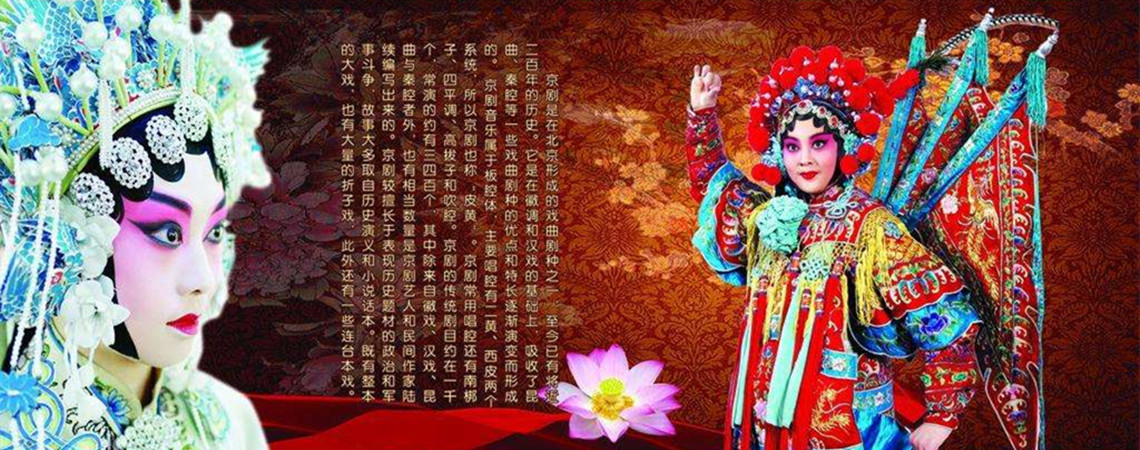
Chinese Opera has traditionally been the main source of theatrical drama in China. As an important part of Chinese traditional culture, Chinese Opera is highly regarded as the national essence. It derived from the original song and dance with the mixture of speak, song and farce. Chinese Opera, together with Greek tragicomedy and Indian Sankrit drama, is known as one of the three ancient opera culture in the world.
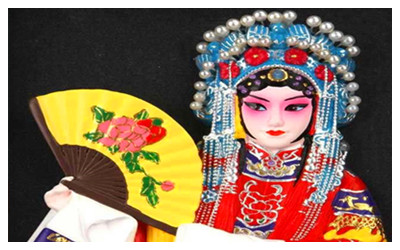 |
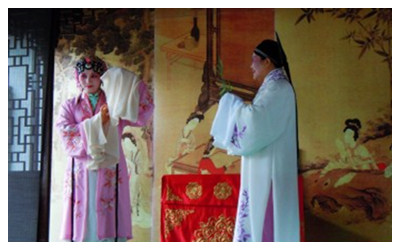 |
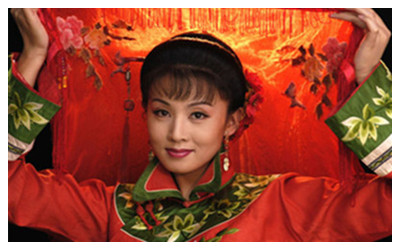 |
| Peking Opera | Kun Opera | Huangmei Opera |
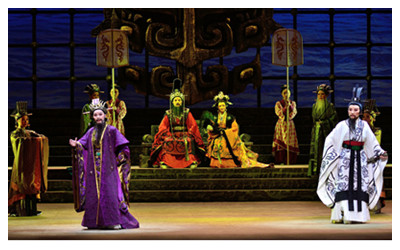 |
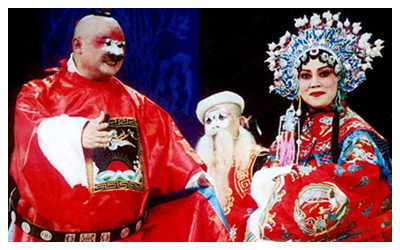 |
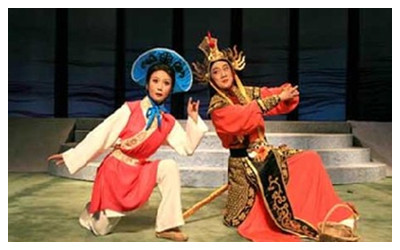 |
| Shaoxing Opera(Yue Opera) | Yu Opera | Pingju, Ping Opera |
Local Operas in China
There are a number of lesser-known local folk operas in China. These currently include the following non-exhaustive, alphabetical list:
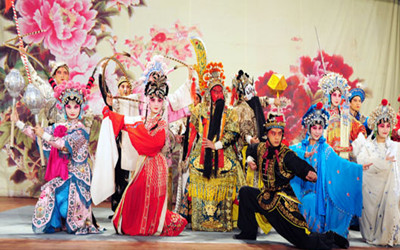 |
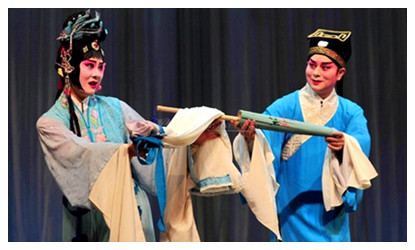 |
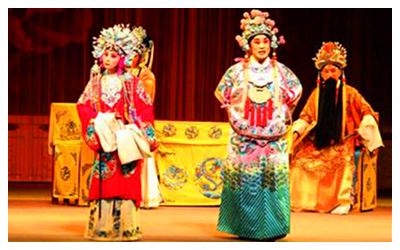 |
| Hui Opera | Xiang Opera | Qinqiang Opera |
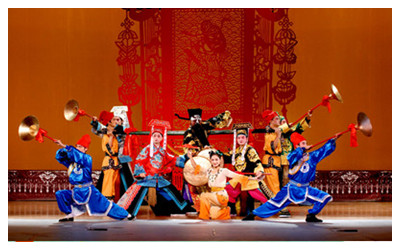 |
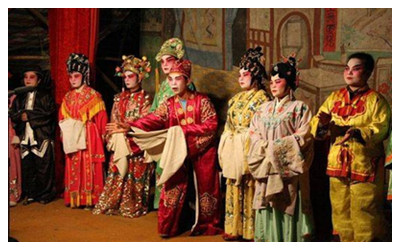 |
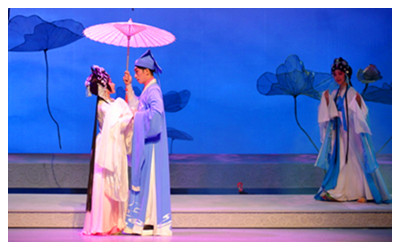 |
| Sichuan Opera | Jiangxi Opera | Guangdong Opera(Yue Opera) |
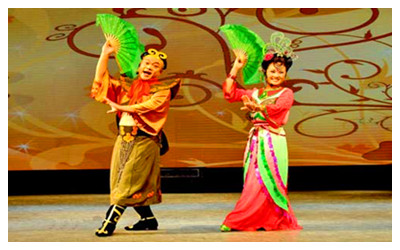 |
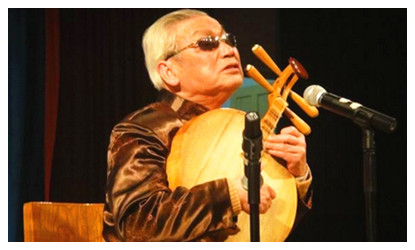 |
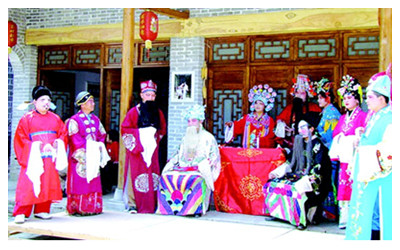 |
| Northeast Errenzhuan | Tanci Art of Changsha | Baling Opera |
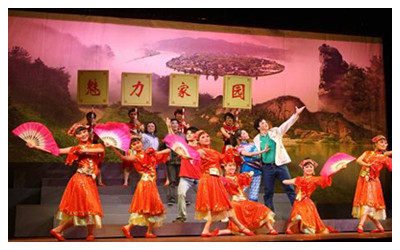 |
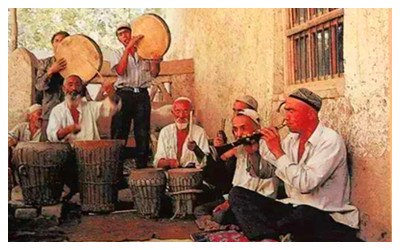 |
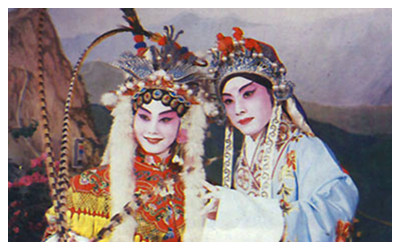 |
| Lantern Opera | Muqam Art of Xinjiang | Shanxi Opera |
History of Chinese Opera
The formation of Chinese opera can be traced back to the Qin and Han dynasties. In primitive society, village formed by clan produced the original song and dance. With the gradual growth of the clan, dance and song also gradually improved and developed. Chinese opera got a leap development and opera art gradually came into being. Zaju in Song Dynasty Yuanben in Jin Dynasty had laid the foundation for the Yuan Zaju. During Yuan Dynasty, Yuan Zaju emerges the state of prosperity.
In middle-Ming Dynasty, the legendary writer and scrip sprung up, among which Tang Xianzu made the greatest achievement. At that time, Kunqu opera rose in south of China. In the early of Qing Dynasty, Peking opera took shape under the booming of local operas. Later, Peking opera developed towards nationwide, especially popular in Beijing, Shanghai. Chinese opera was pushed into a new level.
Eight elements of Chinese Opera
According to scholars, to qualify as Chinese Opera ( Xiqu), the art form in question must possess the following elements:
1. The action, or drama, must involve a plot.
2. It must rest on a written script replete with stage instructions.
3. It must involve a cast of actors/ performers who impersonate characters (this to distinguish xiqu from a narration).
4. The plot must unfold via a mixture of dialogue, action, and singing ("dancing" - including leaping and other dramatic movement associated with martial arts - may occur, but this is strictly optional).
5. There must be a combination of "makeup" (not the same as the Painted Face**) and costumery.
6. There must be musical accompaniment from start to finish (not just musical accompaniment during certain passages during the drama, as in the American genre calling itself a "musical").
7. There must exist well-defined role categories (the tragic figure, the jester, etc.), and finally.
8. The xiqu performance must be the main event itself, not a warm-up act or an intermezzo for another event.
 Ask Questions ?
Ask Questions ?